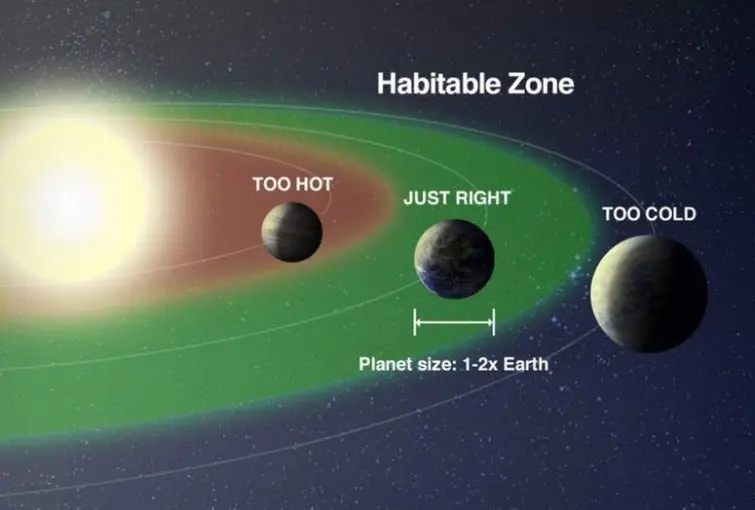Important Facts For Prelims
Ozone Found on Jupiter's Moon Callisto
- 05 Apr 2024
- 5 min read
Why in News?
Recently, a team of scientists from various countries, including India, has uncovered compelling evidence suggesting the existence of ozone on Callisto, one of Jupiter's moons.
- Previously thought of as a barren celestial body, scientists now consider that this icy moon could harbour conditions conducive to supporting life.
Note
Researchers recreated Callisto's surface conditions in the laboratory and exposed this setup to vacuum-ultraviolet photons and observed an absorption spectrum showing ozone formation, similar to what Hubble observed on Callisto in 1997.
- Ozone presence suggests the presence of oxygen, essential for life.
What are the Key Features of Callisto?
- About: Callisto ranks as one of Jupiter’s largest moons and is the third-largest moon in the Solar System, following Ganymede (Jupiter) and Titan (Saturn).
- It was discovered in 1610, by Italian scientist Galileo Galilei along with Jupiter’s three other largest moons: Ganymede, Europa and Io.
- As per NASA, after Saturn (146), Jupiter (95) boasts the highest number of moons in the Solar System.
- Features: It is primarily composed of water ice, rocky materials, sulfur dioxide, and organic compounds.
- Its surface is heavily cratered, indicating a long history of being struck by asteroids and comets.
- It also lacks the extensive seismic activity seen on some of Jupiter’s other moons, such as Io and Europa.
What are Some Other Potentially Habitable Celestial Bodies?
- Habitable Zone: Habitable zone is the distance from a star at which liquid water could exist on orbiting planets’ surfaces.
- Habitable zones are also known as Goldilocks’ zones, where conditions might be just right (neither too hot nor too cold) for life.
- Potential Habitable Celestial Bodies
- Kepler 22b: It is the first planet confirmed by NASA's Kepler mission to orbit within the habitable zone of a sun-like star.
- The planet, 2.4 times the size of Earth, resides in a region where liquid water could potentially exist, vital for sustaining life.
- Proxima Centauri b: Proxima Centauri b is an exoplanet, which is a planet that orbits a star other than our sun.
- It is located in the habitable zone of its star, which means that it is the right distance from the star to potentially have liquid water on its surface.
- Proxima Centauri b is also very close to Earth, at only 4.2 light-years away.
- TRAPPIST-1 System (Star System): The TRAPPIST-1 system is a group of seven Earth-sized planets orbiting an ultra-cool dwarf star about 39 light-years away.
- Several of the planets within the TRAPPIST-1 system are located within the habitable zone, and some may have liquid water on their surfaces.
- Kepler 22b: It is the first planet confirmed by NASA's Kepler mission to orbit within the habitable zone of a sun-like star.
Significance of Ozone
- Ozone, composed of three oxygen atoms (O3) bonded together, plays a vital role in shielding planets from harmful ultraviolet radiation.
- The ozone layer is found in the lower part of the earth’s stratosphere, around 15-35 km above ground.
- It acts as a protective layer in Earth's atmosphere, absorbing most of the sun's harmful ultraviolet (UV) radiation and preventing it from reaching the surface.
- Ultraviolet radiation in particular is harmful to many species (but also useful to some others).
- Two of its components, called ultraviolet-B and ultraviolet-C can damage DNA, trigger mutations, and increase the risk of skin cancer and cataracts in humans.
UPSC Civil Services Examination, Previous Year Question (PYQ)
Q1. Which one of the following is associated with the issue of control and phasing out of the use of ozone-depleting substances? (2015)
(a) Bretton Woods Conference
(b) Montreal Protocol
(c) Kyoto Protocol
(d) Nagoya Protocol
Ans: (b)
Q.2 Which one of the following planets has largest number of natural satellites or moons? (2009)
(a) Jupiter
(b) Mars
(c) Saturn
(d) Venus
Ans: (a)





